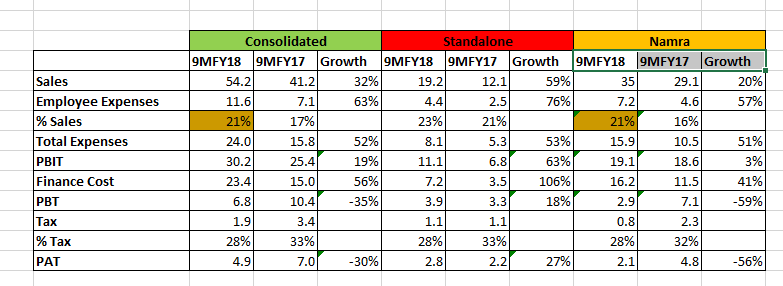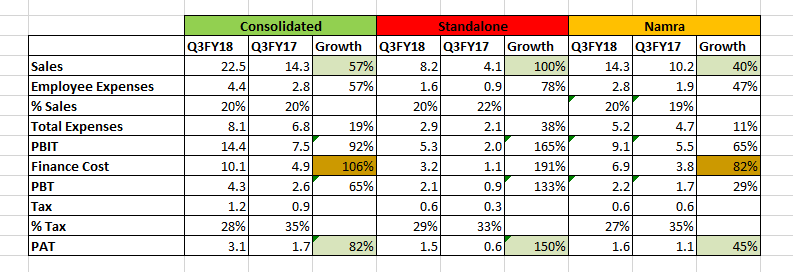Thanks Kunal! Once again feel free to pitch in guys.
It is likely that promoters do not have large pools of money with them and do not want to pledge their shares. So, they would rather not go for a rights issue. I would interpret this as aversion to take very high risks, which is welcome. However, I think that promoters should go for a rights issue this calendar year even if they need to take a personal loan to fund their subscription.
I agree with you about high retention rates being a double edged sword unless we know why are they high. For MFIs ever greening their loss accounts, high retention rates would make their job a lot easier. However, if an MFI has high retention rates and does not evergreen the accounts, then the profitability would be sustained at high levels.
Infact, Arman may not have higher rejection rates than others and they may be more honest about it. The rejection rates could be same for the entire industry, as the management said in the con call. If a large MFI has 15% rejection rate and 85% retention rates every year, then it is rejecting 15% in an effort to lend to 15% of applicants. So, rejection rate except their repeat customers is 50%. Similarly, if Arman has 50% rejection rate an 50% retention rate, then Arman is rejecting 1 applicant for each new applicant that they lend to. So, both lenders are looking at a similar pool of applicants. However, it also implies that the pool of applicants has been fished already by MFIs. So, the MFIs that would grow fast now will have to lend to the leftover applicants. This does not sound good for Arman, eventhough they have managed the credit quality well till now.
I have a related question. MFIs claim that they lend for income generation purposes. However, any business does not recover all it’s cost within a year. MFIs recover entire principal along with the interest in about a year from the customer. These are amortizing loans and different from the working capital loans to the corporates where they only pay interest and the loan limits are renewed each year. MFI clients would have to liquidate their assets (working capital, cows, buffaloes, etc.) to repay the MFI within a year. Or, they will have to take multiple loans during a year to meet the cash flow mismatch. As the loan keeps amortizing, at intervals of a few months the borrower will require another loan to meet the working capital requirement. Theoretically, borrowers would like to take multiple loans at intervals of a few months, all adding up to a little over their requirements, to manage their business. Maybe, this is why MSME loans have longer tenures of 2 years. A longer tenure slows the amortization of loans and makes working capital management easier. It appears to me that mfi customers who are involved in income generating activities would need multiple loans and would most likely renew these loans. However, those who are taking loans from single MFI or not renewing their loans are either taking it for one time need (sickness, marriage, etc.) or for consumption.
Arman has low retention rates and yet recovers the loan from borrowers. This may mean that about half of the borrowers use Arman as a source of meeting one-time need for resources. Please remind me why does Arman have low retention rates (their opinion and also yours) and feel free to comment.


